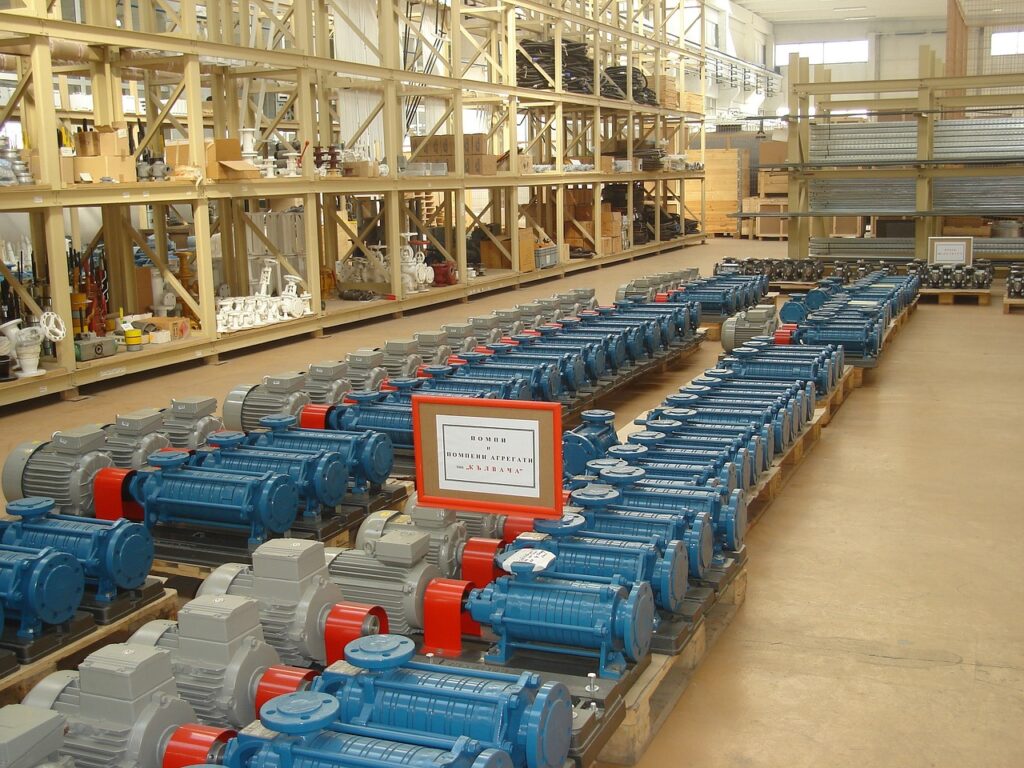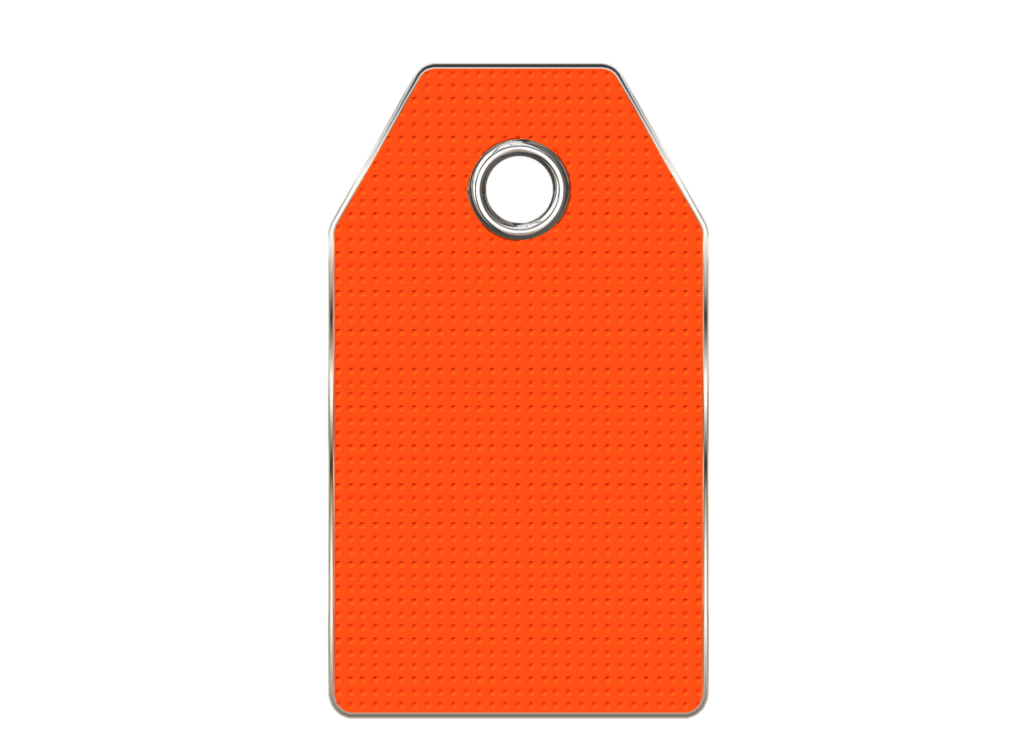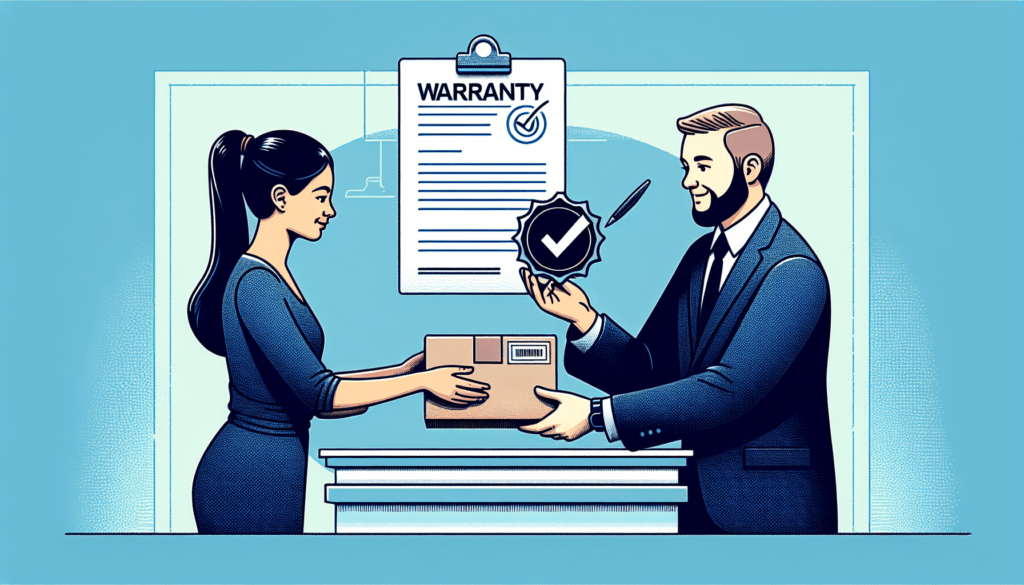So you’ve purchased a brand new product and unfortunately, it’s not working as it should. Don’t worry, we’ve got you covered! In this article, we will guide you through the process of making a claim under a product warranty. From understanding the terms and conditions to gathering the necessary documentation, we’ll provide you with all the information you need to successfully navigate the warranty claim process. By the end of this article, you’ll feel confident and empowered to take the necessary steps to get your product repaired, replaced, or refunded. Let’s get started!

Understanding Product Warranty
What is a product warranty?
A product warranty is a guarantee or promise made by a manufacturer or seller to the buyer that their product will function as intended for a certain period of time. It provides the buyer with recourse in case the product fails to meet expectations or malfunctions during the warranty period. By offering a product warranty, manufacturers and sellers instill confidence in their customers and demonstrate the quality and reliability of their products.
Types of product warranties
There are different types of product warranties that vary in terms of coverage and duration. The most common types include:
-
Full Warranty: A full warranty provides comprehensive coverage for the product and includes both parts and labor for repairs or replacements. It is usually offered by the manufacturer and lasts for a specified period of time.
-
Limited Warranty: A limited warranty covers specific components or parts of the product and may have certain conditions or exclusions. It is important to carefully review the terms and conditions of a limited warranty to understand what is covered and what is not.
-
Implied Warranty: An implied warranty is an unwritten guarantee that the product will meet certain standards of quality and performance. It is automatically applicable by law and exists even if not explicitly mentioned in the warranty document.
-
Extended Warranty: An extended warranty is an additional warranty that can be purchased separately to extend the coverage beyond the standard warranty period. It provides added protection and peace of mind to the buyer but comes at an extra cost.
Understanding the different types of product warranties can help you determine the level of coverage and the rights you have as a consumer in case you encounter any issues with the product.
Reading and Understanding the Warranty Terms
Reviewing the warranty document
When you purchase a product, it is important to carefully review the warranty document that comes with it. The warranty document contains all the details about the warranty coverage, including the duration, limitations, and exclusions. Take the time to read through the document thoroughly to ensure you understand your rights and responsibilities as a warranty holder.
Identifying covered and excluded items
As you review the warranty document, pay close attention to the items that are covered and the ones that are excluded from the warranty. Some warranties may have specific limitations or exclusions for certain types of damage or misuse. Understanding what is covered and excluded will help you determine whether your claim is eligible and avoid any misunderstandings or frustrations later on.
Understanding the warranty period
The warranty period specifies the length of time during which the manufacturer or seller is responsible for addressing any issues with the product. It is crucial to know the duration of the warranty as it determines the timeframe within which you can make a claim. Keep track of the warranty expiration date to ensure you do not miss the opportunity to avail the benefits of the warranty.
Gathering Essential Documentation
Locating the warranty certificate
The warranty certificate is an important document that validates your warranty claim. It is usually provided by the manufacturer or seller and contains information such as the product’s serial number, date of purchase, and warranty coverage details. Keep the warranty certificate in a safe place, and make sure it is easily accessible when needed.
Retrieving purchase receipts
In addition to the warranty certificate, it is also important to keep your purchase receipts or invoices as they serve as evidence of your purchase. The purchase receipt contains information about the product, the date of purchase, and the amount paid. These receipts are essential for validating your claim and establishing proof of purchase.
Compiling supporting evidence
To strengthen your warranty claim, gather any supporting evidence that demonstrates the issues you are experiencing with the product. This could include photographs, videos, or any relevant documents. The more evidence you have, the stronger your case will be when presenting it to the manufacturer or seller.
Contacting the Manufacturer or Seller
Finding contact details
To initiate a warranty claim, it is necessary to contact the manufacturer or seller. The warranty document should contain the contact details, including phone numbers, email addresses, or mailing addresses. If the contact details are not readily available, visit the manufacturer’s website or contact the retailer from whom you purchased the product.
Choosing the appropriate contact person
When contacting the manufacturer or seller, it is important to reach out to the appropriate person or department responsible for handling warranty claims. This ensures that your claim is directed to the right individual who can efficiently assist you. Ask for the name or position of the contact person, as well as their direct contact details, to facilitate smooth communication.
Preparing necessary information
Before contacting the manufacturer or seller, gather all the relevant information about the product and the issues you are experiencing. This includes details such as the model number, serial number, date of purchase, and a clear description of the problem. Being well-prepared with accurate information will make the claim process more efficient and increase the chances of a successful resolution.

Initiating the Claim Process
Completing required claim forms
Some manufacturers or sellers may require you to fill out specific claim forms to initiate the claim process. These forms gather essential information about the product, the warranty, and the issues you are facing. Take your time to accurately complete these forms, double-checking all the information provided, to avoid any delays or complications in the claim process.
Providing a detailed description of the issue
When making a warranty claim, provide a detailed and accurate description of the issue you are encountering with the product. Be specific about the symptoms, any error messages, or malfunctions you have observed. Clear and concise information will assist the manufacturer or seller in diagnosing the problem more effectively.
Submitting the claim
After completing the necessary claim forms and providing a detailed description of the issue, submit your warranty claim to the manufacturer or seller according to their preferred method. This can be done through online submission forms, email, or by sending physical documents via mail. Ensure that you keep a copy of all the documents for your records.
Follow-Up and Communication
Keeping records of all communication
Throughout the warranty claim process, it is crucial to keep detailed records of all communication between yourself and the manufacturer or seller. This includes emails, phone calls, or any other form of correspondence. These records will serve as evidence and help you track the progress of your claim.
Tracking claim progress
Once the warranty claim has been submitted, inquire about the process for tracking the progress of your claim. Ask for an estimated timeline or reference number that can be used to follow up on the status of the claim. Regularly check in with the manufacturer or seller to ensure your claim is being efficiently handled.
Responding promptly to requests
During the claim process, the manufacturer or seller may request additional information or documentation to further assess your claim. It is essential to respond promptly to any such requests to prevent delays or potential denial of the claim. Address their inquiries in a timely manner, providing the requested information accurately and comprehensively.

Assessment and Evaluation
Inspection of the product
In many cases, the manufacturer or seller may request to inspect the product before processing the warranty claim. This may involve sending the product back to the manufacturer or arranging for a technician to examine the product. Cooperate with the inspection process and ensure the product is made available for evaluation as requested.
Determining eligibility for the claim
Based on the inspection and evaluation of the product, the manufacturer or seller will determine whether your warranty claim is eligible for coverage. They will assess whether the issue falls within the warranty terms and conditions and whether any warranty voiding conditions, such as misuse or unauthorized repairs, are present. Be prepared to provide any additional information or evidence that may assist in the evaluation process.
Negotiating repair, replacement, or refund
If your warranty claim is approved, the manufacturer or seller will offer you options for resolving the issue. This may involve repairing the product, providing a replacement, or issuing a refund. Engage in a constructive conversation regarding the available options and make sure your preferred solution is considered. Negotiate any necessary details, such as shipping costs or timeframes, to reach a satisfactory resolution.
Appealing a Rejected Claim
Understanding the reasons for rejection
In the unfortunate event that your warranty claim is rejected, take the time to understand the reasons provided by the manufacturer or seller. Carefully review the warranty terms and conditions to determine if the rejection is justified. Understanding the reasons for rejection will help you identify any possible counterarguments or additional evidence needed for an appeal.
Preparing counterarguments and evidence
If you believe your warranty claim was wrongly rejected, prepare counterarguments and gather additional evidence to support your case. Make a clear and concise argument highlighting why you believe the claim should be approved based on the warranty terms and the evidence you have gathered. Present these counterarguments and evidence in a professional and respectful manner during the appeals process.
Engaging in alternative dispute resolution
If the manufacturer or seller is unwilling to reconsider your claim after an appeal, you may consider engaging in alternative dispute resolution methods. This can involve arbitration or mediation to seek a fair resolution outside of the traditional warranty claim process. Consult with legal professionals or consumer advocacy groups for guidance on how to proceed with alternative dispute resolution options.

Enforcing Consumer Rights
Seeking legal advice
If all attempts to resolve the warranty claim fail, and you believe your consumer rights have been violated, it may be necessary to seek legal advice. Consult with a lawyer who specializes in consumer law to understand your rights and explore any potential legal remedies available to you.
Contacting consumer protection agencies
Consumer protection agencies are governmental or non-profit organizations that provide assistance and guidance to consumers who have encountered issues with purchased products or services. Contact your local consumer protection agency to report your case and seek their assistance in resolving the matter.
Filing a complaint with regulatory authorities
If you believe the manufacturer or seller has violated any regulatory standards or laws, you can file a complaint with the relevant regulatory authorities. These authorities oversee industry practices and can take enforcement actions against businesses that fail to comply with consumer protection regulations. Provide all the necessary details and documentation to support your complaint.
Maintaining Product Warranty Compliance
Performing regular maintenance
To ensure the longevity and proper functioning of the product, it is essential to perform regular maintenance as recommended by the manufacturer. This may include cleaning, lubricating, or servicing certain parts. Following the maintenance guidelines will help prevent issues and maintain the warranty coverage.
Adhering to usage guidelines
Using the product according to the manufacturer’s guidelines is crucial for preserving warranty coverage. Deviating from recommended usage can lead to warranty voiding and may limit your options for making a claim in the future. Familiarize yourself with the usage guidelines and avoid any actions that may potentially harm the product.
Preserving warranty-voiding conditions
Be mindful of actions that can void the warranty, such as unauthorized repairs, modifications, or tampering with the product. These warranty-voiding conditions are typically specified in the warranty document. It is important to adhere to these conditions to ensure your warranty remains valid. Consult with authorized technicians or customer service representatives if you require any repairs or modifications to avoid voiding the warranty.
By understanding the process of making a claim under a product warranty, you can navigate through the required steps more effectively. Remember to carefully read and comprehend the warranty terms, gather the necessary documentation, maintain clear communication, and assert your consumer rights if needed. By doing so, you can ensure a smooth and successful warranty claim experience.



